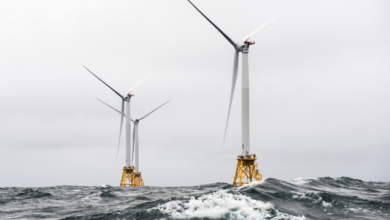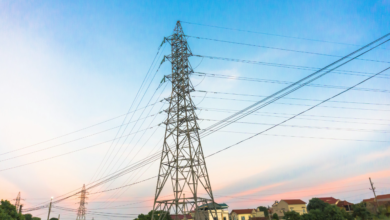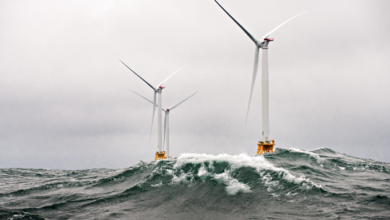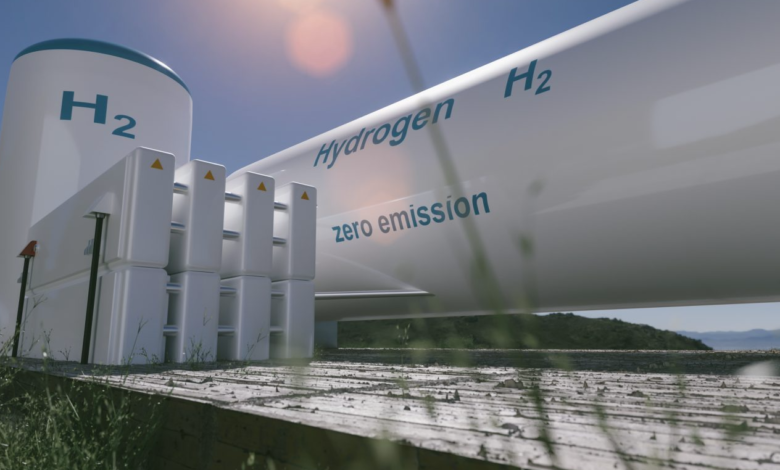
The winning bids of the first hydrogen auction range from 0.37 and 0.48 euro/kg
The Hydrogen Bank, the Hydrogen Bank created by the European Commission to please the green production of the carrier, opens its “vaults“. This morning Brussels allocated the almost 720 million euros budgeted for the first auction to the seven winning projects. Seven initiatives in four European countries should produce a total of 1.58 million tons of renewable hydrogen over ten years.
“The results of the first European Hydrogen Bank auction demonstrate the high interest of European industry in producing and using hydrogen in our continent,” commented Energy Commissioner Kadri Simson. “The projects selected will help us achieve the EU’s energy and climate targets for 2030, while creating new opportunities for jobs and green skills. The second Hydrogen Bank auction this year represents a further opportunity for European industry and I hope to see a similar interest”.
How do Hydrogen Bank auctions work?
The European Hydrogen Bank has two financing mechanisms. The first is based on pilot auctions – such as the one just concluded – which award economic aid to the winning projects according to a competitive tender mechanism. To be precise, a fixed premium per kilogram of renewable hydrogen generated is granted based on the request submitted. The subsidy should help to bridge the current price difference between the production costs of green H2 and the market price of hydrogen, where the cheaper version from fossil fuels still prevails.
The first call for tenders received 132 bids from initiatives in 17 EU countries, which together would have activated an electrolysis capacity of 8.5 GW. To win the victory, however, were only 7 projects belonging to Spain, Portugal, Norway and Finland, triumphant also thanks to offers between 0.37 and 0.48 euro per kilogram of renewable hydrogen generated. The grant awarded to projects ranges from EUR 8 million to EUR 245 million.
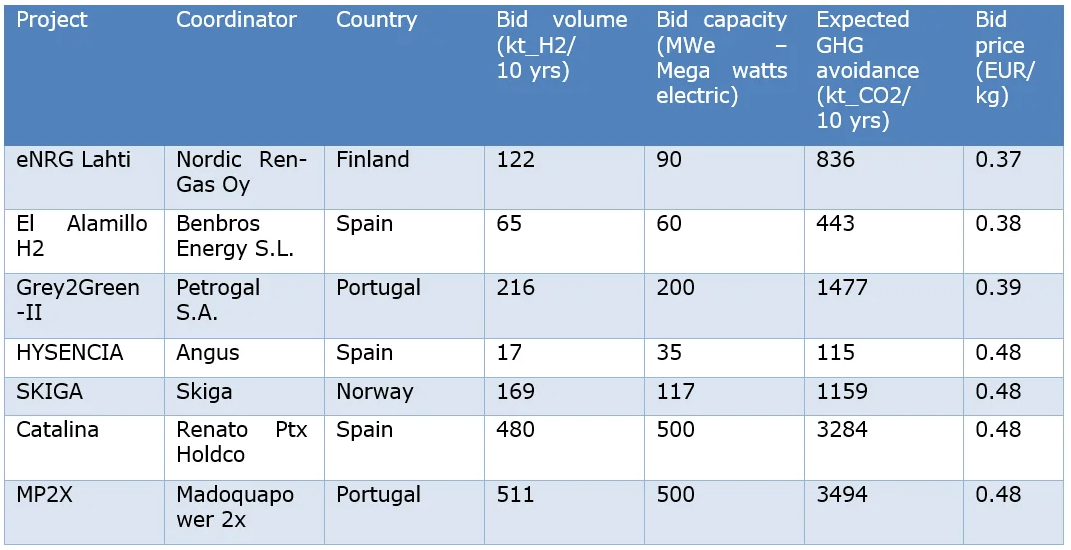
The winners will now start preparing individual grant agreements with the European Climate, Infrastructure and Environment Executive Agency (CINEA). These agreements are expected to be signed by November 2024 at the latest. One of the sine qua non-conditions for receiving incentives is that they start producing renewable hydrogen within a maximum of 5 years of signature.
And who is left out? In this case, the second financing mechanism comes into play, namely “Auctions-as-a-service”. The facility allows Member States to finance projects on their territory, which have participated in the auction, but have not been selected due to budgetary constraints.


